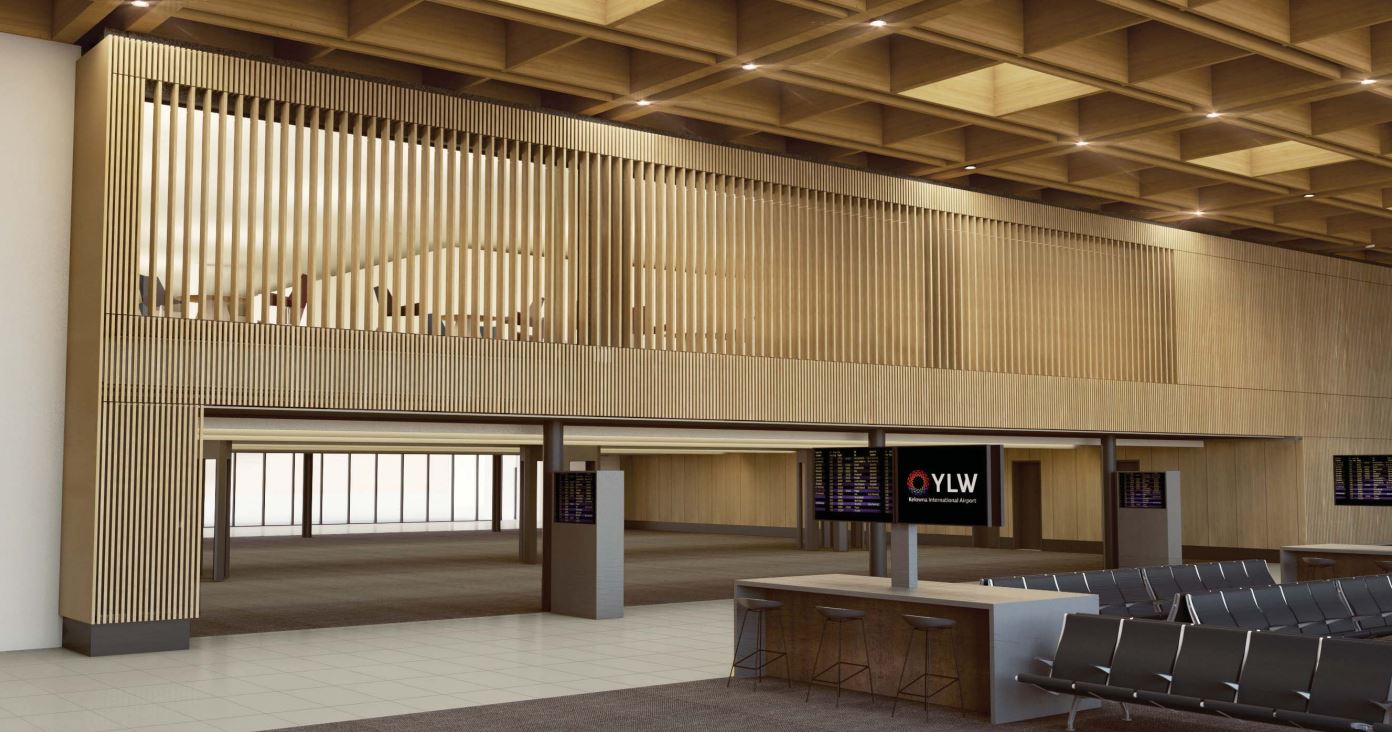Wooden buildings are hardly a new idea. One aspect of the wooden building that has started to take off, generated by the quest for lower carbon footprint in new construction, is the mass timber structure. Mass timber construction is a carbon removal technique that involves using specialized wood products to construct buildings, including high-rise buildings. Manufacturers use products such as CLT (cross-laminated timber), LVT (laminated veneer lumber), and glulam (glue laminated timber) to produce wood panels and beams that can replace concrete, steel, and masonry as building materials.
Because it displaces emissions-intensive steel and concrete, mass timber can significantly reduce the “embodied carbon” in buildings. Because the wood stores CO2 (carbon dioxide) that was captured from the atmosphere via photosynthesis, mass timber construction can function as a form of carbon removal when combined with sustainable timber production and building demolition practices.
Timber rich areas, such as much of Canada, are interested in moving more construction to mass timber. The Mass Timber Demonstration Program, established in the Spring of 2021 by the Province of British Columbia through its Forestry Innovation Investment, has invested $5.4 million to accelerate the use of mass timber in B.C. It provides funding for incremental costs in the design and construction of buildings that demonstrate emerging or new mass timber or mass timber hybrid building systems and construction processes.
The province is also launching the Mass Timber Action Plan and announcing funding for four new mass-timber housing and infrastructure projects as a key step in the Stronger BC Economic Plan. As part of the program, successful developers will share lessons learned and results to help support future mass timber projects in the province.
The Mass Timber Advisory Council is a group of experts from urban planning and development, First Nations, forest products industry, environmental non-profits, academia, and local governments. The council provides advice and guidance toward establishing B.C. as a leader in the production and use of mass timber, as well as the creation of a B.C. mass timber action plan.
A practical result of the focus on mass timber construction is the expansion and upgrade of the terminal at YLW (Kelowna Intl. Airport), which will use mass timber through the Province’s Mass Timber Demonstration Program. The airport will receive $500,000 from the Province to help with costs associated with the use of mass timber, as well as the creation of a digital construction twin, advanced fire modelling, and lifecycle assessment of building materials.
The use of prefabricated mass-timber panels will reduce construction time and will result in less construction traffic to the site. Canada’s 10th largest airport will remain open and fully operational throughout the nearly 8,000-sq.-meter expansion.
One company that benefited from investments by B.C. is Intelligent City, a mass timber manufacturer that uses robotics and automation to create its panels and beams. Focusing on a deep vertical integration of building systems, software, manufacturing automation, and supply chain contracts, the company can help developers achieve nearly 100% cost certainty, deliver 1.5 times the number of residential units on the same site compared to traditional methods, and realize savings of up to 50% on lifecycle costs per home.

Intelligent City uses proprietary parametric software for design, construction cost estimation, carbon footprint confirmation, material quantifications, and precision manufacturing. At the same time, the company’s manufacturing technology brings automation to the prefabrication of building components. As a result, the company provides data on the lifecycle and performance of the building before construction even begins.
In combination with mass timber construction, Intelligent City utilizes the energy-efficiency standards of Passive House design to achieve a 90% carbon emissions reduction in its buildings. This concept uses building science principles to attain specific energy efficiency and comfort levels. It includes continuous insulation and air-tight seals, high-performing windows and doors, balanced heat-recovery and moisture-recovery ventilation, and minimal space conditioning throughout the entire building.
One project that Intelligent City is doing with the Mass Timber Demonstration Program is the Monad Granville Building, a rental, mixed-use nine-story development in an infill lot in Vancouver’s downtown. It is set to be the first prefabricated Passive House mass timber residential midrise in the city.

Floor cassette panels and facade panels will be made using cross-laminated timber and laminated veneer lumber while columns will be constructed with glue-laminated timber.
The project serves as a model for prefabricated mass timber construction and Passive House design standards that could be replicated in future urban housing. The building will be designed to achieve net-zero energy readiness with a path towards carbon neutrality.
With a pipeline of more than 2,300 homes, Intelligent City is supported by leading developers in Vancouver, Toronto, Ottawa, and the United States, including two high-rise projects in Downtown Vancouver, one of which is supported by the BC Mass Timber Demonstration Program. Besides assistance from the Province of British Columbia, Intelligent City has recently scored $17 million (CAD 22 million) from more than 30 investors, bringing its total to $23 million (CAD 30 million).
By making effective use of Canada’s forest resources through low-carbon building systems, Canada is becoming a world leader in sustainable wood construction practices, increasing energy efficiency, and climate resilience while simultaneously enhancing the global competitiveness of its forestry, wood manufacturing, and construction sectors.
Want to tweet about this article? Use hashtags #construction #sustainability #infrastructure


